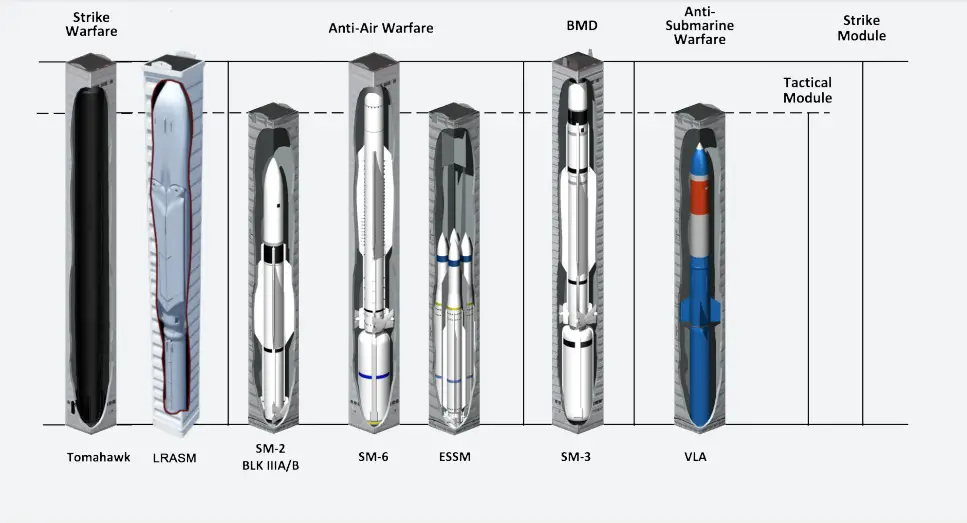The U.S. State Department has made a determination approving a possible Foreign Military Sale to the Government of the Netherlands of MK 41 Vertical Launching Systems (VLS) Baseline (B/L) VII Strike Length Launcher Modules (either system or standalone) and related equipment for an estimated cost of $110 million. The Government of the Netherlands has requested a possible purchase of eight (8) eight-cell MK 41 Vertical Launching Systems (VLS) Baseline (B/L) VII Strike Length Launcher Modules (either system or standalone). Also included are spare parts; handling equipment; transportation test; software; engineering/technical assistance; training equipment; documentation, publications and technical data; contractor technical assistance; and other related elements of logistics and program support. The prime contractor will be Lockheed Martin Corporation, Bethesda, MD.
This proposed sale will support the foreign policy and national security objectives of the United States by improving the security of a NATO ally that is an important force for political stability and economic progress in Europe. The proposed sale will provide a defensive capability for the Netherlands while enhancing interoperability with U.S. and other allied forces. The Royal Netherlands Navy intends to use the MK 41 VLS Baseline (B/L) VII strike length launcher modules for their new ship class. These modules are intended for ESSM BLK1 and SM-2 capabilities in support of ongoing and emergent operational needs. The Netherlands has previously purchased MK 41 VLS capability and actively uses it on their current ship classes. The Netherlands will have no difficulty absorbing this equipment and support into its armed forces.

The Mark 41 Vertical Launching System (Mk 41 VLS) is a shipborne missile canister launching system which provides a rapid-fire launch capability against hostile threats. The Vertical Launch System (VLS) concept was derived from work on the Aegis Combat System. The Mk 41 is capable of firing the following missiles: RIM-66 Standard, RIM-67 Standard, RIM-161 Standard Missile 3, RIM-174 Standard ERAM, RGM-109 Tomahawk, RUM-139 VL-ASROC anti-submarine missile, RIM-7 Sea Sparrow anti-air missile, RIM-162 ESSM and Joint Strike Missile. The missiles are pre-loaded into “canisters”, which are then loaded into the individual “cells” of the launcher. The ESSM is loaded in a quad-pack with 4 missiles in one Mk 25 canister, older types of 8 cell modules are not able to use ESSM. Launcher cells are fitted to ships in 8 cell modules (2 rows of 4) that share a common uptake hatch (exhaust system) sited between the two rows.
The four De Zeven Provinciën-class frigates are air-defence and command frigates in service with the Royal Netherlands Navy (Koninklijke Marine). These ships were optimized for anti-aircraft warfare and command. For this role the ships are equipped with an advanced sensor and weapons suite. The primary anti-aircraft weapons are the point defence Evolved Sea Sparrow Missile and the area defence RIM-66 Standard Missile (SM-2) Block IIIA. The Mk 41 Vertical Launching System is used to house and launch these missiles. 32 Evolved Sea Sparrow Missile and 32 Standard Missile SM-2 Block IIIA are carried. In the Strategic Defence Review 2022 the acquisition of SM-3 missile and BGM-109 Tomahawk was announced for which the Mk 41 vertical launch systems will be expanded with an additional unit of 8 cells.















